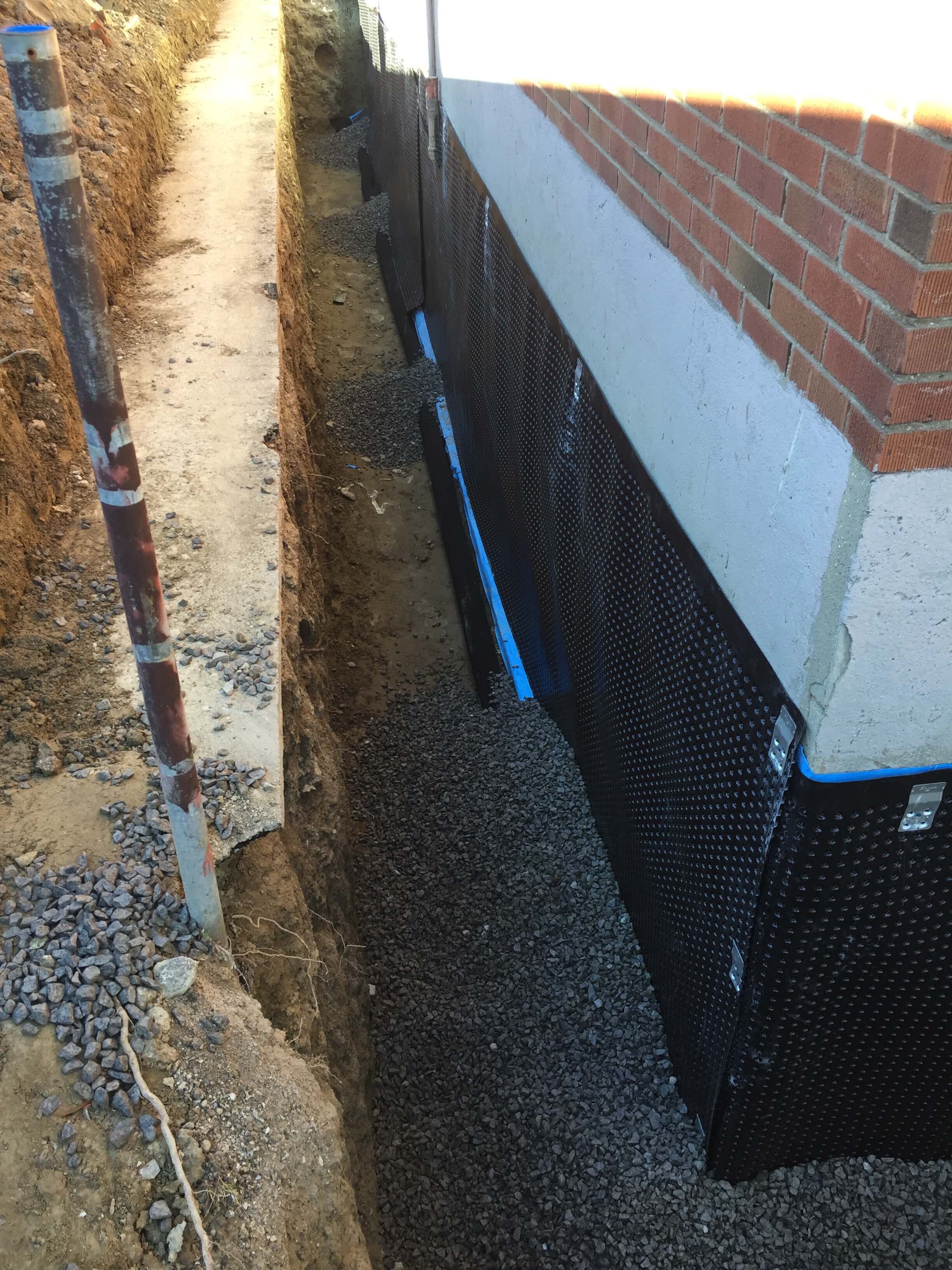A Homeowner’s List for Moisture-Proofing Success
Waterproofing is a vital aspect of house maintenance that often gets neglected. Many property owners fail to realize the value of keeping their properties safe from water damage, which can lead to costly repairs and long-term physical issues. Understanding why waterproofing is necessary for all home and structure is the first step towards ensuring a protected and dry environment for your loved ones. With the potential to save thousands in repairs, the advantages of waterproofing far outweigh the initial investment.
In this definitive guide to waterproofing, we will discuss everything you need to know about safeguarding your house from water damage. Whether you're dealing with a leaky basement, a vulnerable roof, or damp-prone areas like bathrooms and cooking spaces, our guide will provide you with the information you need to take action. From disproving common waterproofing myths to spotting the signs that your home needs attention, we have you included. Let's dive into the crucial strategies for waterproofing success and make your house a fortress against water.
Understanding the Significance of Water Resistance
Waterproofing is an critical aspect of house and construction maintenance that often goes overlooked. Without sufficient waterproofing, a property is susceptible to moisture damage, which can lead to construction problems, mold growth, and costly repairs. By applying https://aluneed.ca/ , property owners can protect their assets and improve the overall resilience of their structures.
One of the primary reasons waterproofing is crucial is the prevention of liquid penetration. Whether it's through the foundation, ceiling, or partitions, water can leak into a building, causing harm that may not be immediately visible. By fixing these potential infiltration sites, caretakers can avoid significant costs related to restorations and refurbishments in the coming time. Not only does waterproofing protect against current threats, but it also serves as a anticipatory measure against upcoming threats.
Moreover, effective waterproofing contributes to thermal efficiency in structures. When water is managed, the likelihood of thermal inefficiency due to humidity is lessened, resulting in reduced heating and cooling costs. Putting money into waterproofing not only defends your home but also offers economic advantages through prospective discounts, making it an essential consideration for any property owner.
Essential Waterproofing Techniques and Solutions
Successful waterproofing starts with a comprehensive evaluation of your premises to spot susceptible areas. For basements, applying waterproof finishes and membranes on sides and floors can halt moisture seepage. Interior strategies such as drainage systems and sump pumps help manage water intrusion by directing it away from vital areas. Additionally, ensuring that gutters and downspouts are working well can lessen water accumulation near your foundation.
When managing with roofs, choosing the right waterproofing materials is essential. Liquid waterproofing membranes are common for flat roofs, as they provide a continuous barrier against leaks. For sloped roofs, selecting quality waterproofing coatings can protect against harsh weather and prolong the lifespan of roofing materials. Regular maintenance is critical, including inspecting for cracks and ensuring seals around vents and chimneys are secure.
In conclusion, waterproofing outdoor structures such as decks and patios requires specific techniques to boost durability. Utilizing sealants designed for exterior surfaces can stop water damage and improve longevity. For balconies and terraces, proper drainage systems are necessary to avoid water pooling and subsequent structural issues. By using these techniques, homeowners can ensure comprehensive protection from moisture-associated problems.
Creating Educated Choices: Do-It-Yourself vs. Professional Waterproofing

When evaluating between the options of DIY and expert waterproofing, it is crucial to assess your capabilities, the complexity of the project, and the potential risks entailed. DIY waterproofing can be appealing due to the reduced costs and the sense of achievement of completing a home improvement project. However, many homeowners underestimate the intricacies required in properly waterproofing areas like basements or roofing. Errors made during a DIY project can result in greater issues down the line, possibly costing more in repairs than if a professional had been hired from the start.
On the other hand, hiring a professional waterproofing contractor provides that the job is done correctly and effectively. Professionals bring specialized knowledge, specialized tools, and access to high-quality materials that the average homeowner may not have. Moreover, they can detect hidden issues that may not be immediately visible to an inexperienced eye. This level of care can save homeowners time and costs over the long term by averting problems such as mold growth, structural damage, and potential health hazards from leakage.
At the end of the day, the decision between DIY and professional waterproofing should depend on your comfort with home improvement projects, the particular requirements of the waterproofing task at hand, and your financial limits. If the project is clear-cut and you have the required skills, DIY may be the way to go. Yet, for trickier challenges or if you are in doubt, investing in professional services is often the smarter choice, providing peace of mind and long-lasting results.